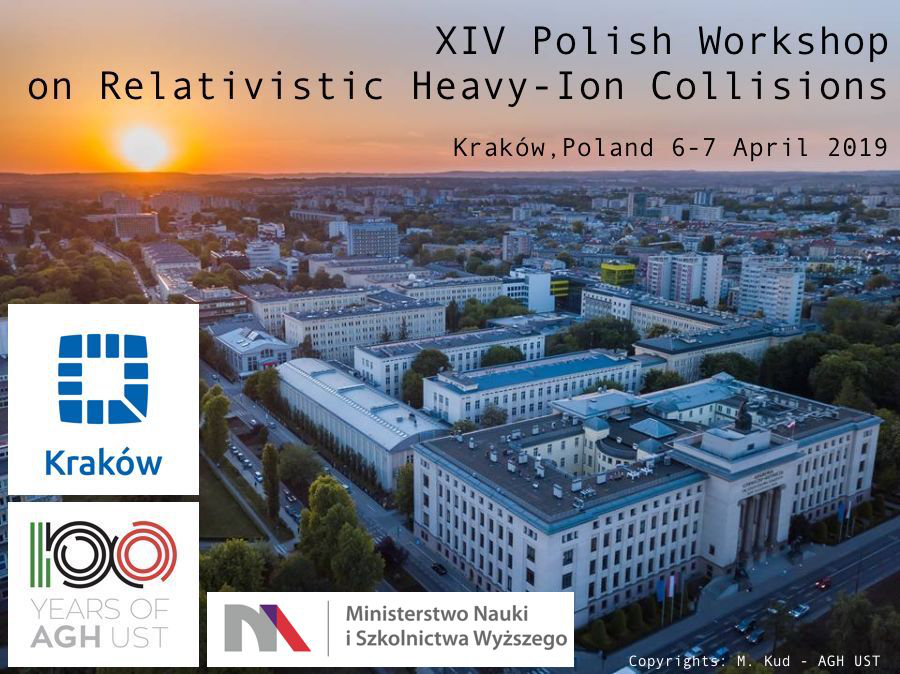Speaker
Description
The search for experimental signatures of the critical point (CP) of strongly
interacting matter is one of the main objectives of the NA61/SHINE experiment
at CERN SPS. In the course of the experiment, an energy (beam momentum 13A
– 150A GeV/c) and system size (p+p, p+Pb, Be+Be, Ar+Sc, Xe+La) scan is
performed.
We investigate local proton density fluctuations connected to the critical
behavior of the order parameter as a possible signature of the phase transition
in the neighborhood of the CP. To this end, we perform an intermittency analysis
of the proton second scaled factorial moments (SSFMs) in transverse momentum
space, which we expect to scale according to a universal power-law in the
vicinity of the CP.
Previous analyses of this sort revealed significant power-law fluctuations in
the NA49 heavy ion collision experiment for the “Si”+Si system at 158A GeV/c;
no intermittency was observed in NA49 “C”+C and Pb+Pb collisions at the same
energy, nor in NA61/SHINE Be+Be collisions at 150A GeV/c. The fitted power-
law exponent in “Si”+Si was consistent with the theoretically expected critical
value, within errors, a result suggesting a baryochemical potential for the critical
point in the vicinity of ~250 MeV. We now extend the analysis to the similar-
sized NA61/SHINE Ar+Sc system at 150A GeV/c.
In the calculation of scaled factorial moments, statistical techniques are
employed in order to subtract non-critical background and enhance the signal in
cases of low statistics. Our analysis is supplemented by both critical and non-
critical Monte Carlo simulations, through which we estimate non-critical
background effects on the quality and magnitude of uncertainties of the
intermittency power-law fit, as well as explore the possibility of non-critical
effects producing a spurious intermittency signal.
